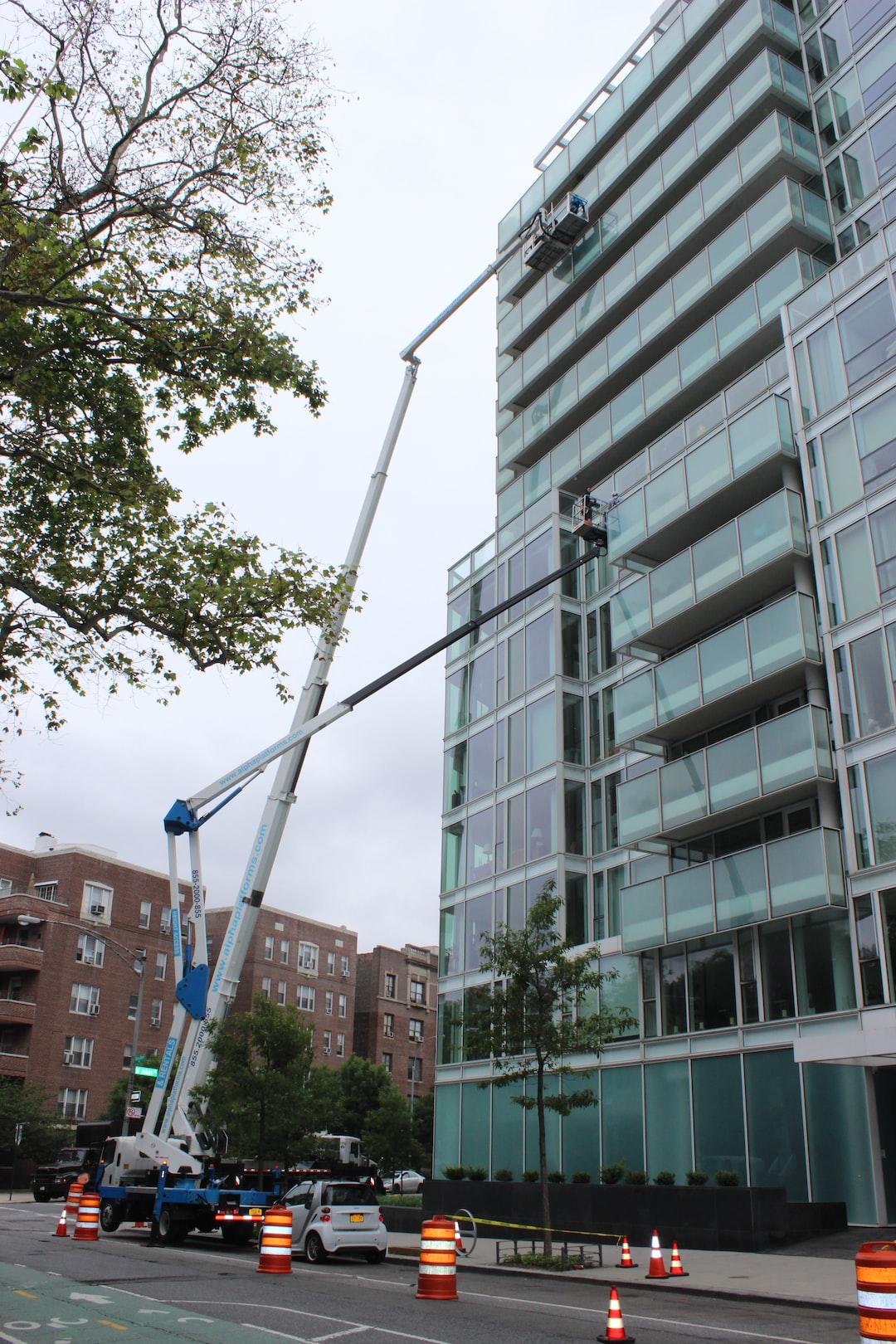Environmental Benefits of Brick Restoration: How this sustainable solution can reduce waste and carbon footprint
Brick restoration plays a crucial role in reducing waste and carbon footprint while preserving the architectural heritage of buildings. As urban areas continue to expand, it becomes increasingly important to find sustainable solutions that can help minimize environmental impact. Brick restoration not only improves the appearance and structural integrity of buildings but also offers several environmental benefits that make it a preferred choice. If you’re looking for brick restoration services, search for “brick restoration near me” to find a sustainable solution in your area.
One of the key environmental benefits of brick restoration is waste reduction. Instead of tearing down deteriorating brick structures and disposing of them in landfills, restoration allows for the reuse and repurposing of existing bricks. By salvaging and reusing these materials, the demand for new bricks and the energy-intensive manufacturing process associated with them is reduced. This leads to a significant reduction in waste generation and the consumption of natural resources required to produce new bricks.
Furthermore, brick restoration helps in reducing the carbon footprint of the construction industry. The manufacturing process of new bricks involves the extraction of raw materials, energy-intensive firing, and transportation, all of which contribute to greenhouse gas emissions. By opting for brick restoration instead, carbon emissions associated with these processes are significantly reduced. Additionally, the transportation of new materials to the construction site is minimized, further reducing carbon emissions from transportation.
Another environmental benefit of brick restoration is the preservation of the architectural heritage of buildings. Many historical buildings are constructed using brick, and maintaining the integrity of these structures is essential from a cultural and historical standpoint. By restoring these buildings, the need for new construction is decreased, thereby conserving resources and reducing the environmental impact of new developments.
Beyond waste reduction and carbon footprint reduction, brick restoration also promotes energy efficiency in buildings. Restored brick structures often have improved insulation properties, which can lead to reduced energy consumption for heating and cooling. This not only reduces energy bills but also decreases reliance on fossil fuels, thus contributing to a greener and more sustainable environment.
In conclusion, brick restoration is a sustainable solution that offers various environmental benefits. By opting for restoration instead of demolition and new construction, waste generation is minimized, natural resources are preserved, carbon emissions are reduced, and architectural heritage is conserved. If you’re in need of brick restoration services, search for “brick restoration near me” and contribute to a more sustainable future while preserving the beauty and history of our buildings.
Publisher Details:
Burns Masonry Inc
https://www.burnsmasonry.com/
Tuckpointing & Repointing – Chimney Repair – Foundation Repair – Recent Work

